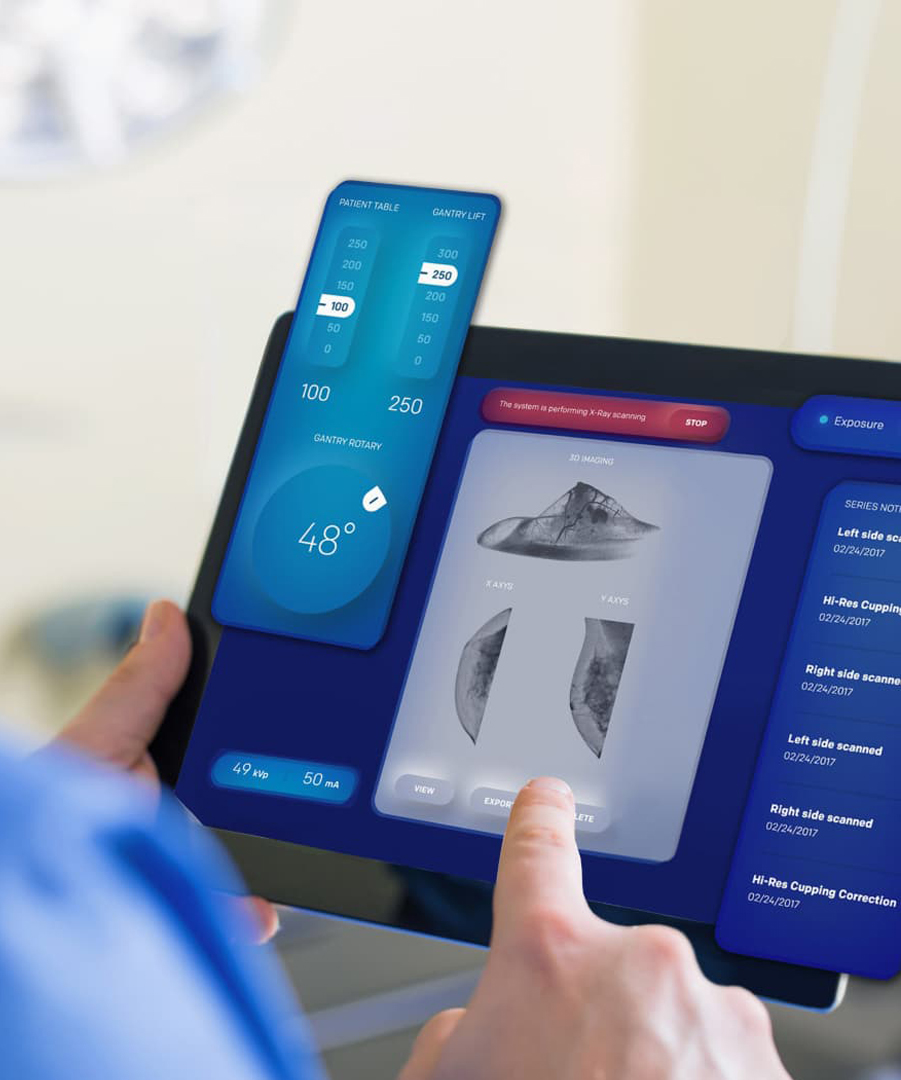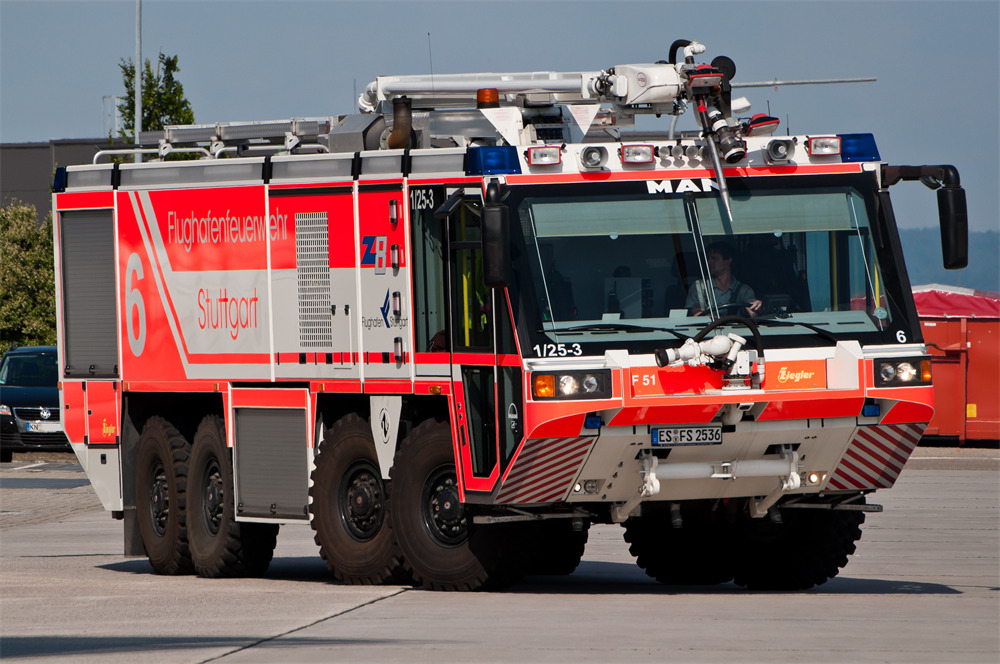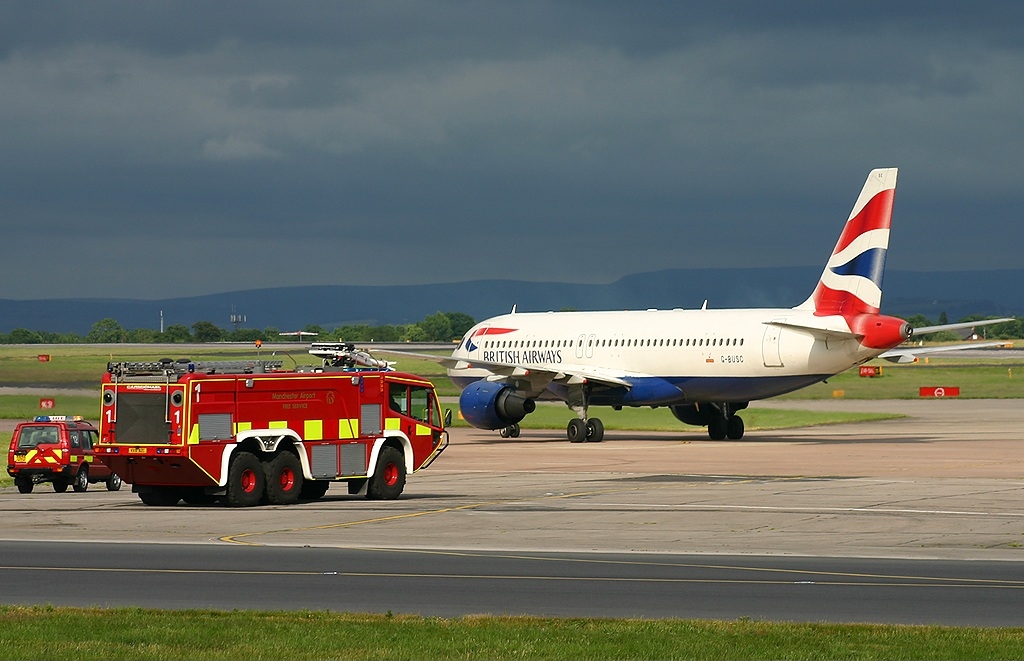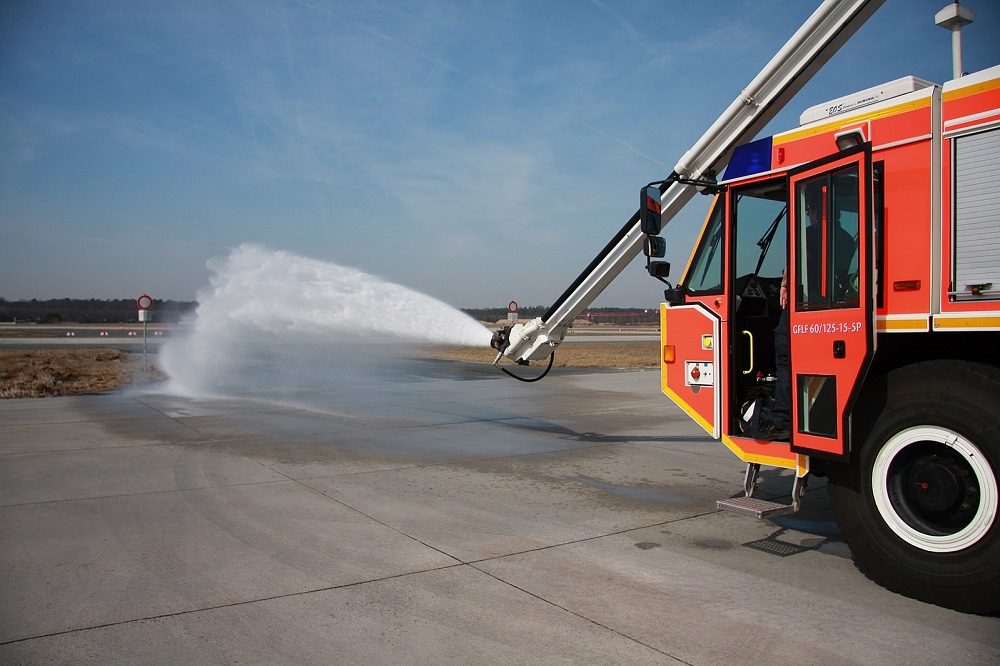


Aircraft Rescue and Fire Fighting (ARFF) trucks are engineered with unparalleled capabilities to address aviation-specific emergencies. Unlike conventional fire engines, these vehicles integrate specialized systems such as high-capacity foam/water cannons, dry chemical agents for fuel fires, and infrared thermal imaging for obscured environments.
ARFF units feature articulated chassis designs with all-wheel drive and oscillating axles, granting exceptional maneuverability on uneven terrain or confined airport zones. Modular storage compartments allow rapid reconfiguration for multi-agent deployment, while enclosed crew cabins with SCBA compatibility ensure operator safety in toxic atmospheres
Aircraft rescue teams operate in specialized settings demanding tailored equipment for safe emergency response. Airports employ distinct Aircraft Rescue and Firefighting (ARFF) vehicles engineered for aviation incidents, differing significantly from standard municipal fire engines observed in urban areas. Travelers often notice these rugged airport units on runways, contrasting sharply with community fire apparatus. This analysis details critical distinctions between ARFF and municipal trucks, highlighting design adaptations for aviation environments.

Safety-Green Livery
ARFF units feature federally mandated safety-green paint for enhanced visibility during low-light runway operations, contrasting with traditional red municipal engines optimized for road navigation. The FAA requires this high-visibility coloring to aid pilot and crew recognition during fog, rain, or darkness.
Onboard Water Capacity
Unlike city trucks accessing hydrant networks, ARFF carriers like the Oshkosh Striker® 8x8 store up to 4,500 gallons internally due to limited airport water infrastructure. This necessitates broader wheelbases for weight distribution. Municipal units carry smaller reservoirs but leverage hydrant connectivity, with Pierce apparatus offering customizable tank sizes across pumper and aerial models.
Multipurpose Fire Suppression
While both units transport extinguishing agents, ARFF trucks carry expanded chemical inventories for aviation fuel fires requiring rapid containment. Three primary suppressants are deployed:
• Water
• Oxygen-smothering foam
• Situation-specific dry powders
Dry agents address electrical/chemical blazes but require post-use cleanup due to particulate dispersion.

Mobile Attack Systems
ARFF vehicles uniquely employ pump-and-roll functionality for moving suppression, crucial for runway coverage. The Oshkosh Snozzle® HRET extends reach via cab-controlled booms, enabling 250GPM direct aircraft penetration from 65 feet, minimizing hose deployment risks. Municipal crews occasionally use piercing nozzles for structural access without the mobile deployment needs.
Performance Specifications
NFPA mandates require ARFF units to hit 50mph in ≤25 seconds (70mph top speed) for critical jet fuel containment, exceeding municipal standards of 35mph/25s acceleration (50mph maximum).
Terrain Adaptations
ARFF chassis feature all-terrain capabilities with TAK-4™ suspension and rugged tires for off-runway responses, whereas municipal units prioritize paved surface operation despite optional off-road packages in rural jurisdictions.

You may be interested in the following information